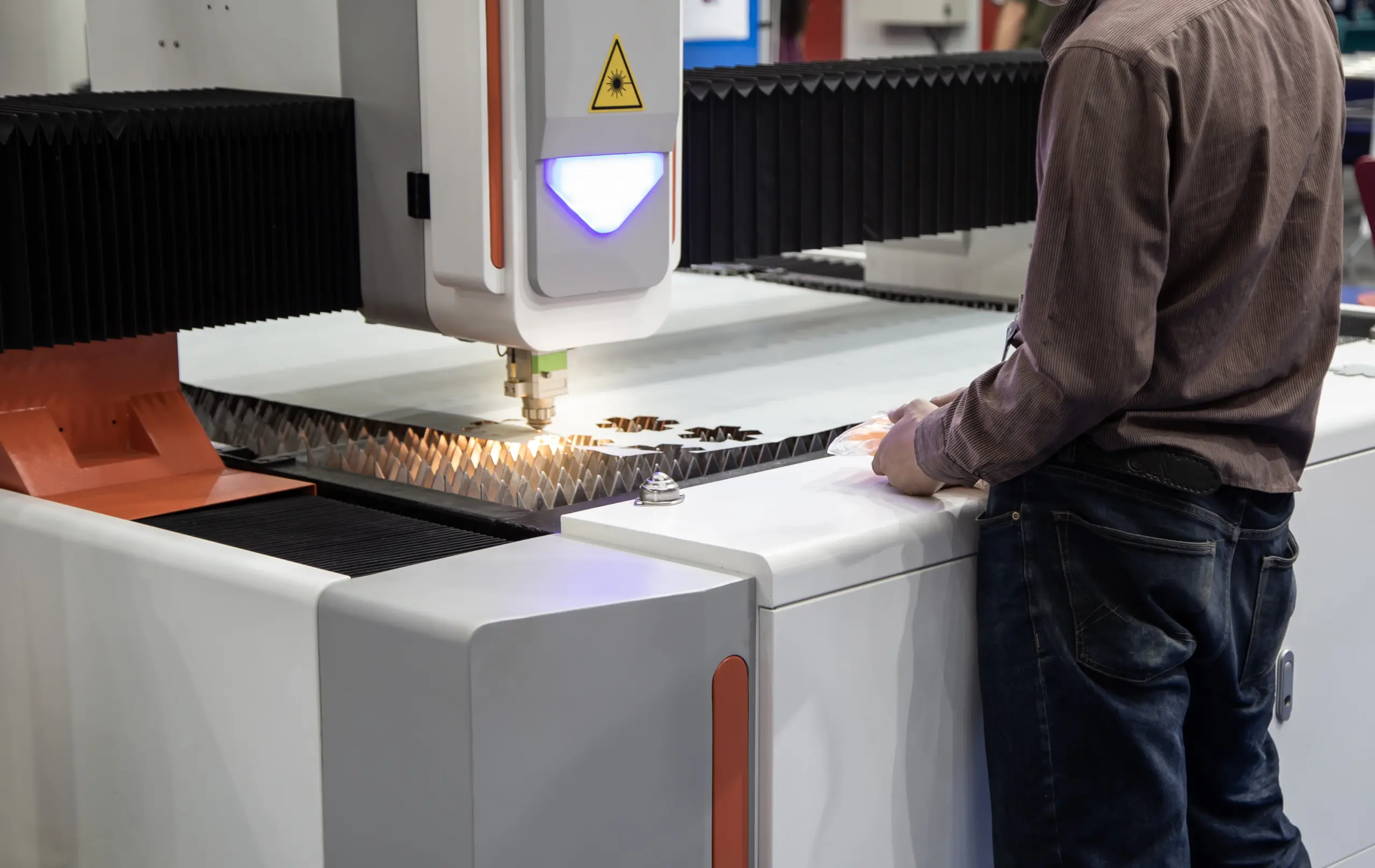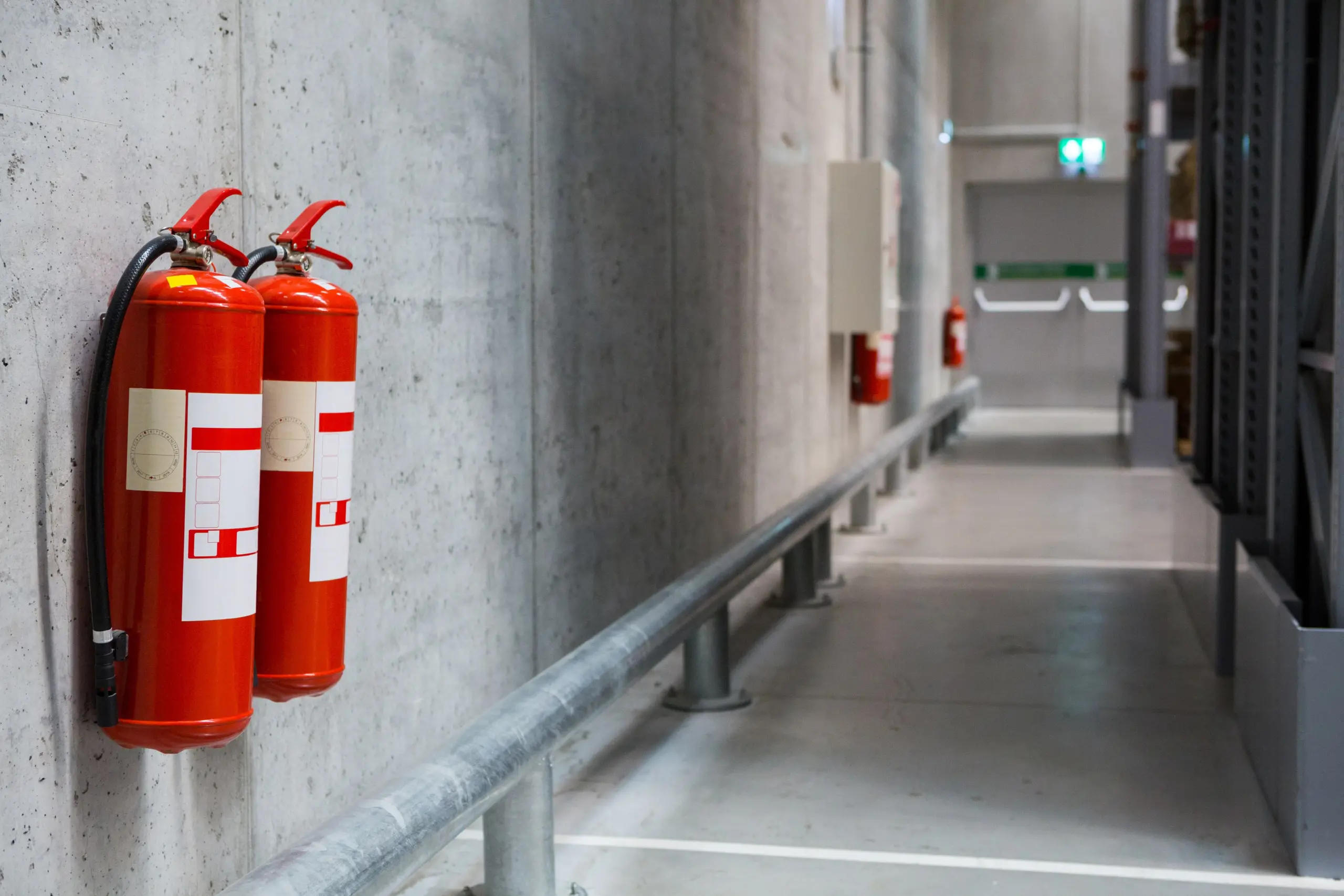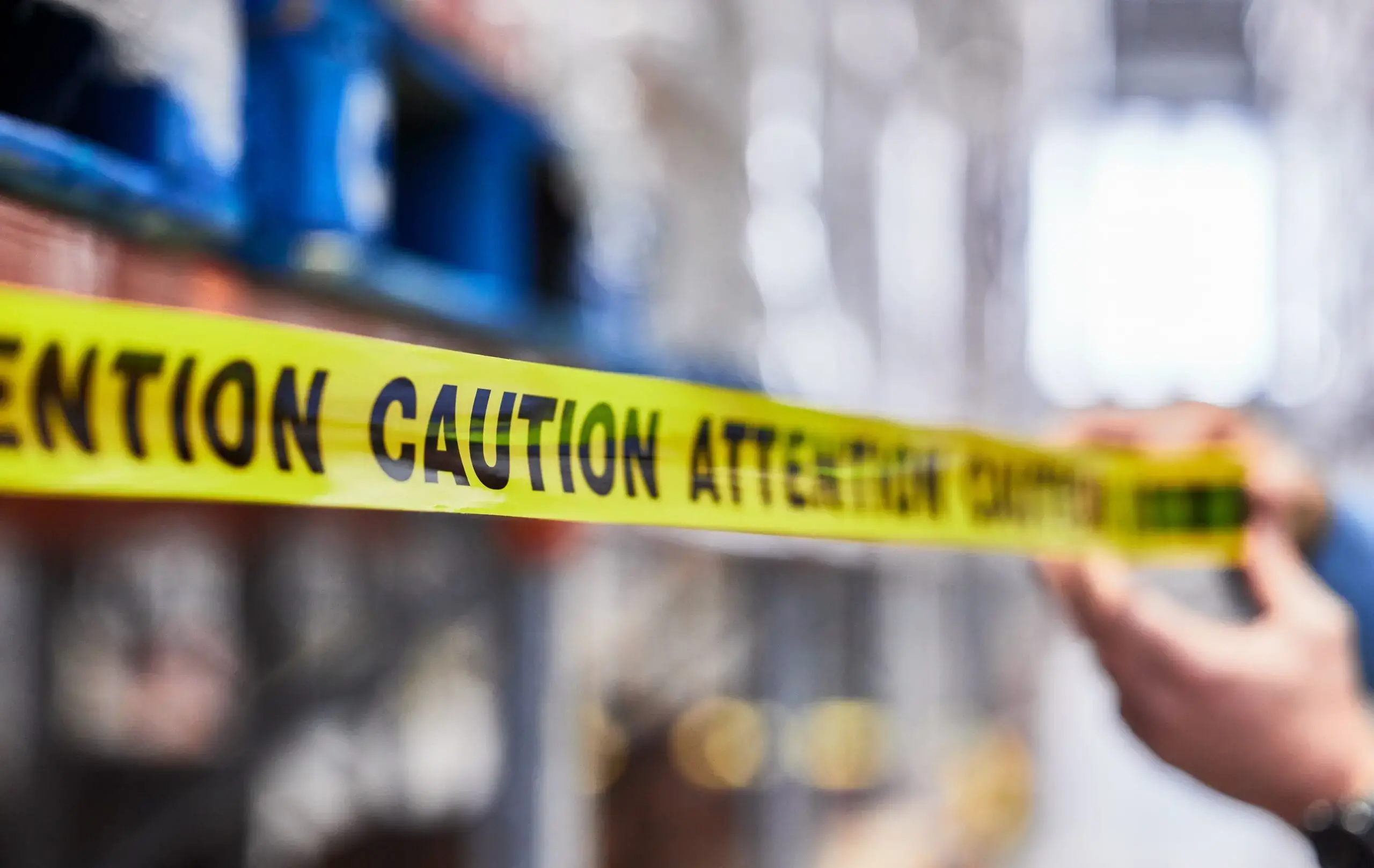In today’s fast-paced and innovative industries, laser technology plays a vital role in various applications, from manufacturing and automotive to medicine and personalization. Laser cutting and engraving machines offer matchless precision and efficiency, revolutionizing the way we work with materials. However, it’s crucial to prioritize safety when using these machines to prevent accidents and protect both the operator and the surrounding environment. Read on for Boss Laser’s top practices and safety guidelines for handling laser cutting and engraving machines.
Understanding the Hazards of Laser Machines
Boss Laser machines require careful attention due to potential hazards. The laser beams, varying in power and wavelength, pose risks such as potential eye damage, severe skin burns, and ignition of flammable materials. Fiber lasers present a heightened risk as their invisible light can harm the retina without visible warning. To mitigate these hazards, it’s crucial to enclose the laser beam path, prioritize proper ventilation for thermal and particle hazards, and conduct regular maintenance to manage electrical and compressed air components. Implementing these safety measures ensures a secure working environment, minimizing risks associated with burns, fires, and other potential dangers.
Laser Safety Classes
To standardize laser safety measures, international safety standards have introduced a laser class system that corresponds to the level of risk associated with each laser. The European standard, EN60825-1, and the American standard, ANSI Z136.1, provide guidelines for laser safety classification. Laser engraving machines follow the necessary safety systems and precautions, making them safe to use. Be sure to check which safety class your machine falls into to ensure best practices for your unique machine.
Laser Safety Officers
To ensure laser safety in the workplace, it is essential to appoint a Laser Safety Officer (LSO). An LSO is responsible for monitoring the safe usage of lasers and defining control measures based on the specific laser hazards. They play a crucial role in enforcing safety procedures and maintaining compliance with standards.
The duties of an LSO include coordinating the acquisition of laser devices, keeping records of accidents, inspecting laser areas, providing training and educational materials, approving laser facilities, and implementing appropriate safety measures. For Class 4 lasers, the appointment of an LSO is mandatory to ensure adherence to safety protocols at all times.
Best Practices for Laser Machine Handling
Now that we have discussed the hazards and safety classifications of laser machines, let’s explore the best practices for handling these powerful tools. By following these guidelines, you can minimize your risk of accidents and ensure a safe working environment.

1. Familiarize Yourself with the User Manual
Before operating a laser cutting or engraving machine, thoroughly read and understand the user manual provided by the manufacturer. Each machine may have specific safety instructions and operating procedures. The user manual will guide you through the proper setup, maintenance, and safety precautions for the machine.
2. Maintain a User Record
Maintaining a detailed user log is vital for safe machine operation. Include user details, processed materials, issues, and usage duration to identify risks and provide historical insights for future operators. The logbook aids in maintenance scheduling, troubleshooting, and promotes a safer work environment by preventing repeated mistakes.
3. Use Proper Eye Protection
Ensuring eye protection is crucial when operating laser machines. Severe eye damage, including blindness, can result from laser beam exposure. Always wear laser safety goggles designed for the specific wavelength, providing sufficient protection. Avoid direct eye contact with the laser beam or its reflection, even with goggles on, and maintain a safe distance to minimize accidental exposure. Remember, your eyes are irreplaceable, so always prioritize their protection.
4. Clean the Machine Regularly
Regular cleaning of your laser machine is central to safe operation. Dust and debris can accumulate inside the machine, increasing the risk of fire and damaging the equipment. After each use, use a vacuum or compressed air to remove any residue from the cutting deck and internal cavity.
Pay special attention to areas where dust may accumulate, such as air vents and cooling systems. Use air assist features to blow away dust and smoke that could potentially ignite. By maintaining a clean machine, you reduce the risk of fire and ensure optimal performance.
5. Ventilate the Workspace
Proper ventilation is essential when working with laser machines, as cutting and engraving processes can produce toxic or flammable fumes. Ensure that your workspace has adequate ventilation to remove these fumes and maintain a safe working environment.
Consider installing a fume extraction system that effectively captures and removes the generated fumes. This system should be regularly maintained to ensure its proper functioning. Also wearing a face mask with suitable filters can provide an extra layer of protection against harmful fumes.
6. Be Prepared for Fire Hazards
While laser machines are designed to minimize fire risks, it’s important to be prepared for potential fire incidents. Keep a fire extinguisher readily accessible near the machine, ensuring it is appropriate for extinguishing fires caused by flammable materials. In the event of a fire, follow standard fire safety procedures and use the fire extinguisher to suppress the flames.

7. Understand Material Compatibility
Different materials react differently when exposed to laser beams. Some materials may release toxic fumes or create fire hazards. Before using a laser cutting or engraving machine, thoroughly research the materials you intend to work with.
Avoid using materials that are known to produce toxic fumes or ignite easily. For example, PVC plastic releases harmful gases when cut by a laser, which can be hazardous to your health. Consult with material suppliers for safety warnings and guidelines, especially when working with materials that emit zinc, argon, carbon dioxide, or helium fumes.
8. Invest in Quality Machines
Choosing a high-quality laser cutting or engraving machine is crucial for both safety and performance. Reputable brands, like Boss Laser, prioritize safety in their machine design and incorporate necessary safety features. Our machines undergo rigorous testing and adhere to industry standards to ensure safe operation. Safety is always our top priority when working with our laser equipment.
9. Never Leave the Machine Unattended
Never leave laser machines unattended during operation, as accidents can occur unexpectedly, requiring prompt action to minimize their impact. Whether using a laser cutting or engraving machine, always remain present and vigilant. This approach allows for quick responses to issues like fires or material mishaps. Staying attentive lowers the risk of accidental exposure to the laser beam, ensuring a consistently safe working environment.
10. Regular Maintenance and Inspections
Regular maintenance and inspections are essential to ensure the safe and efficient operation of laser machines. Follow the manufacturer’s recommended maintenance schedule, which may include tasks such as cleaning, lubrication, and calibration.
Inspect the machine regularly for any signs of wear, damage, or malfunction. Pay attention to the condition of safety guards, interlocks, and emergency stop buttons. If you notice any abnormalities or concerns, report them immediately to the appropriate personnel and refrain from using the machine until the issue is resolved.
Contact Boss Laser for Laser Equipment
Laser cutting and engraving machines offer immense possibilities and efficiencies in various industries. However, it’s essential to prioritize safety when working with these powerful tools. By adhering to best practices and following the guidelines outlined in this blog, you can minimize your risk of accidents and create a safe working environment.
With a commitment to safety and excellence, Boss Laser empowers professionals and entrepreneurs to achieve their goals with cutting-edge laser technology. By following these best practices, you can rest easy using your laser machine knowing you, your team, and your workspace are safe. Contact Boss Laser today to learn more about the safety features of your machine or to purchase new laser equipment.
